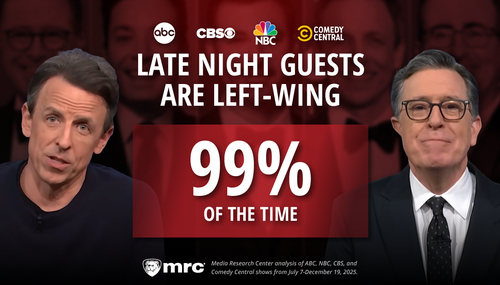Posted Monday night at the Daily Caller, our friends Amber Duke and Reagan Reese did a deep dive of nearly 2,400 words on the long, troubling history of close calls at Reagan National Airport in Arlington, Virginia across from Washington D.C. leading up to the deadly mid-air collision on January 29 that left 67 dead.
“Washington’s Reagan National Airport has suffered countless near misses between aircrafts over the last few decades, many reported by pilots themselves, an issue the FAA has done little to solve, according to a Daily Caller review of public documents,” they began.
Duke and Reese provided a terrific example of how, despite having a stranglehold on a slew of fancy awards such the Pulitzers, the liberal media are to never have exclusive claim to dogged, intrepid journalism.
They noted that, prior to the changes from the Federal Aviation Administration (FAA) regarding the airspace post-incident, years went by in which “helicopters and airplanes have been passing within feet of each other at DCA, causing pilots to make evasive maneuvers to avoid catastrophe” and “[p]ilots have been angrily reporting these incidents to an anonymous, public database, but little was done to address the issue until the tragedy last month.”
Duke and Reese cited a number of anonymous submissions, sources, and “reviewed public reports pilots and air traffic control have filed through the Aviation Safety Reporting System (ASRS) between 1988 to 2025 while working at DCA.”
They further explained their parameters, including their stunning findings:
The Caller looked specifically at self-reported airborne conflicts and near misses between aircrafts near Washington Reagan National Airport and found there had been 220 such incidents from 1988 to 2025. Of those, 30 have been between helicopters and airplanes, marking an almost annual occurrence.
By comparison, nearby Dulles National Airport has had 181 self-reported airborne conflicts and near misses between aircrafts in the same time period. Just five have been between helicopters and airplanes.
“Anyone can [self] report it for any reason, but usually it’s because pilots get afraid and they said, ‘Holy shit that was too close.’ Traffic was issued too late, or I didn’t see that issue report,'” Michael Pearson, a former air traffic controller and ATC training instructor, told the Caller of the ASRS reports.
The commercial pilot added, “Usually you are pretty pissed if you are willing to write the report and submit as an ASR. It’s not an ‘Oh, that was interesting’ moment. It’s a ‘Hey, this is a problem’ moment.”
After reiterating a dominant narrative in the crash coverage that “DCA’s airport is one of the most difficult landings for pilots in the country” consisting of “congested airspace, short runways, frequent restricted airspace and landings right along the water,” they dove into some of close calls, including this one from 2015 (click “expand”):
A report from March 2015 details an airplane and a helicopter coming just a few hundred feet apart as the aircraft lined up to land on Runway 33. The pilot notes in his report that while starting to land, they spotted a helicopter that was close in altitude and climbing. The report explains that the pilot made a decision to abort the landing ahead of getting an alert that the other aircraft was too close to the plane.
After landing on a different runway, the pilot spoke to the tower about the near miss, learning that the helicopter had climbed far beyond where it was supposed to be.
“The tower supervisor I spoke with told me a few things that explained what may have happened. Number one, he said that the helicopters operating in that area should NEVER be above 200 feet. According to him, the helicopter was at 800 feet, clearly not where he was supposed to be,” the pilot writes, noting that he had his airplane climbed to 2,000 feet to avoid a crash.
“[The tower supervisor] also explained that ATC may have taken their eyes off the helicopter for a second because they would never expect those helicopters to do something that egregious. That seems plausible given the fact that I’ve never seen a helicopter in that area at that altitude. He suggested that it was most probably a deviation on the part of the Pilot of the helicopter, and a loss of aircraft separation that was also the fault of the helicopter pilot,” the report states.
To read their full story, follow the link above or click here.




